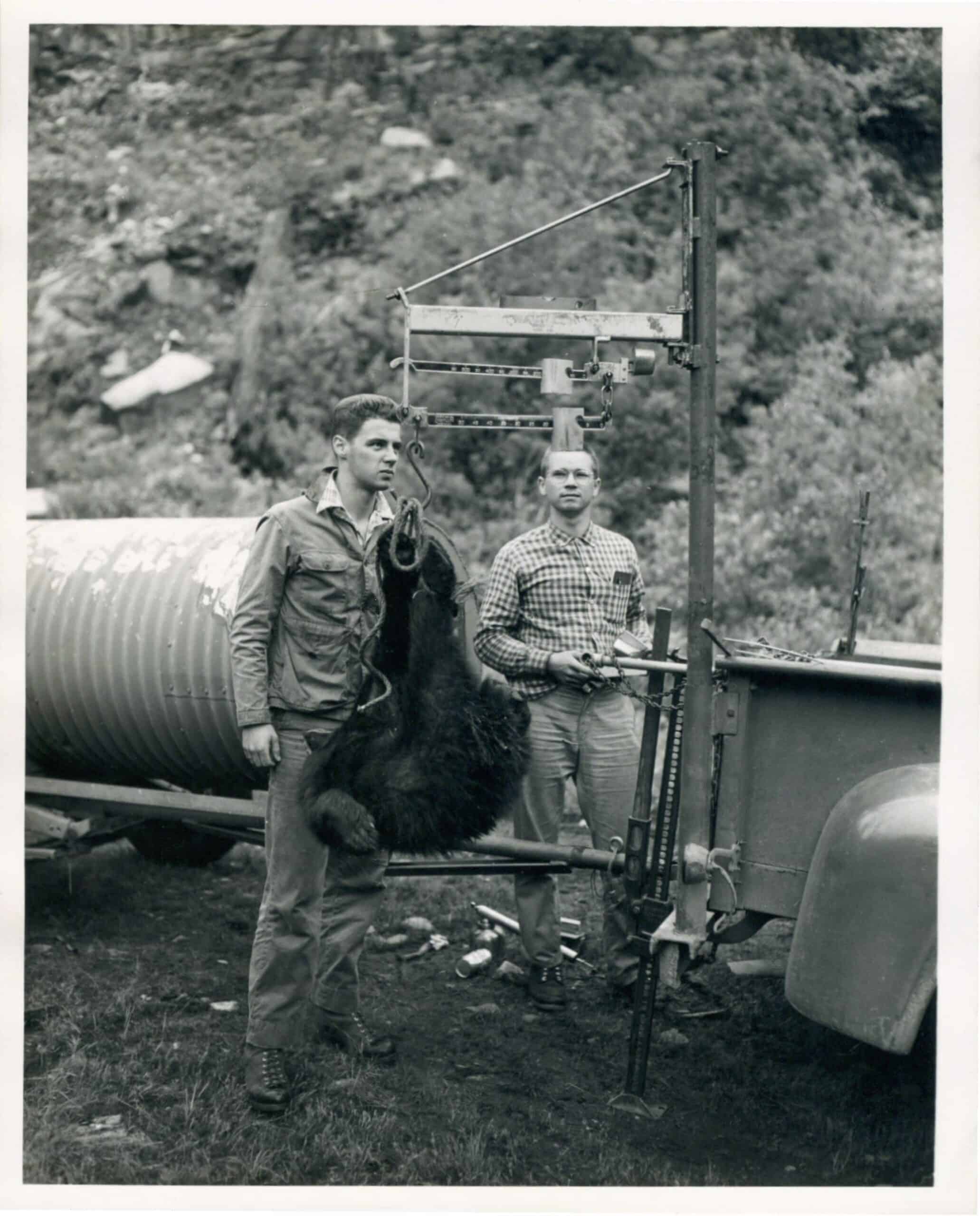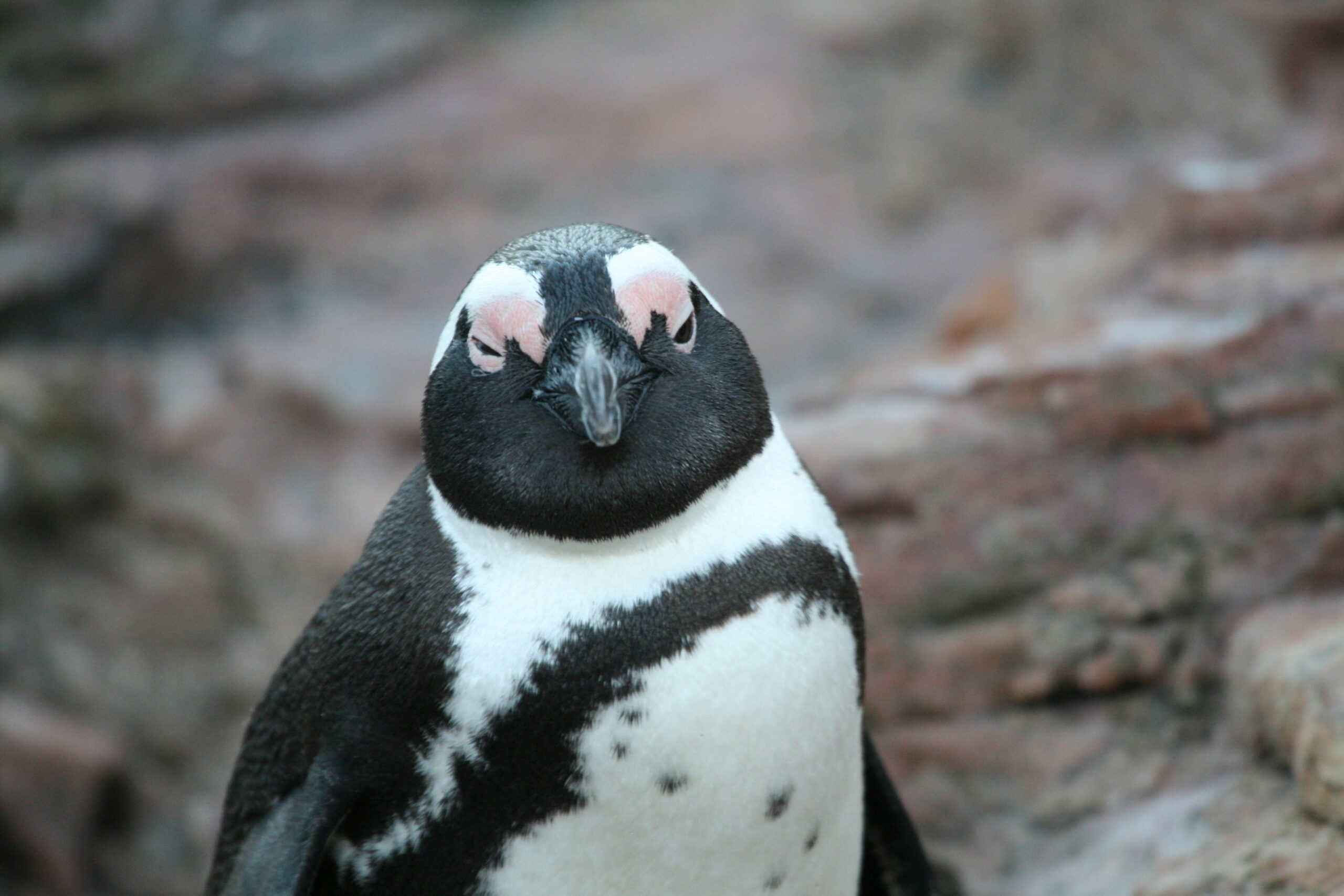Share this article
TWS Position Statement: Toxic Chemical Compounds
Back to Position Statements page
Rapid technological development in the synthesis and production of toxic chemical compounds and their widespread agricultural, industrial, and household uses have resulted in contamination of the earth’s biosphere and can pose serious hazards to public and environmental health. Released both intentionally to control pest species and during waste disposal and inadvertently during manufacture and transport, these compounds occur globally in air, water, soil, and organisms. Some chemicals are short-lived in the environment, degrading into other forms with lesser or greater biological activity. Many chemical compounds are persistent and accumulate in some animals at levels far greater than those found in the abiotic environment. This accumulation may occur through biomagnification in food chains. Some chemical toxicants are carcinogenic, teratogenic, mutagenic, or otherwise sublethally harmful. Simultaneous exposure to more than one chemical toxicant or to a combination of chemical toxicants and other environmental stressors may produce additive or synergistic effects on individual organisms, populations, and the ecosystem. Wildlife mortality has been documented from exposure to some anthropogenic toxicants. While we recognize the societal value of many of these compounds, some have significant effects on non-target wildlife and their habitats.
The policy of The Wildlife Society in regard to toxic chemical compounds is to:
1. Support legislative, legal, and instructional programs that encourage a thorough analysis of the relative costs and benefits of the use of these compounds, and, where appropriate, materially reduce their release into an open environment.
2. Advocate investigative studies designed to ascertain sources, distribution, accumulation, and effects of toxic chemical contaminants.
3. Advocate outreach to public and private land managers regarding safer alternatives and best management practices to reduce impacts on non-target organisms and the environment.
4. Advocate increased financial support to study effects of contaminants on wildlife and their habitats.
5. Support development of target-specific, short-lived chemical compounds and of effective biological methods for pest control.
6. Advocate for a life-cycle approach to development and use of chemical compounds, which traces them from synthesis to recycling or disposal.
7. Ensure that only scientifically correct information on toxic chemicals is disseminated to the public.
8. Encourage partnerships among professional societies and management agencies in these efforts.
Approved by Council November 2017.








